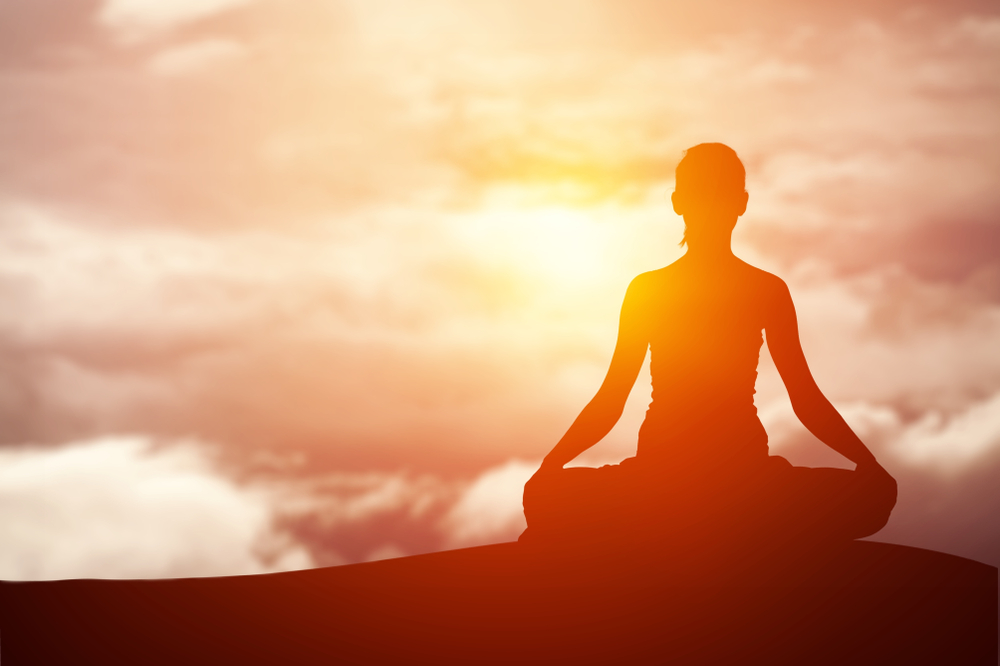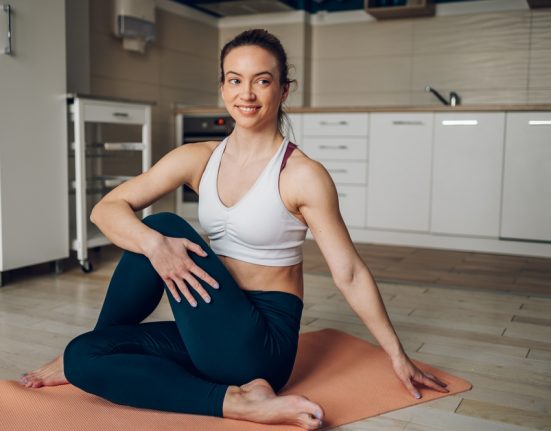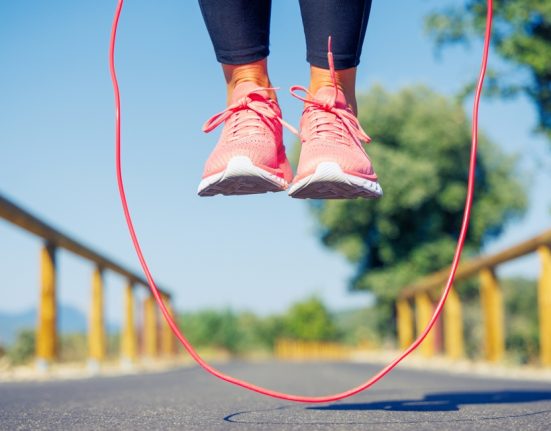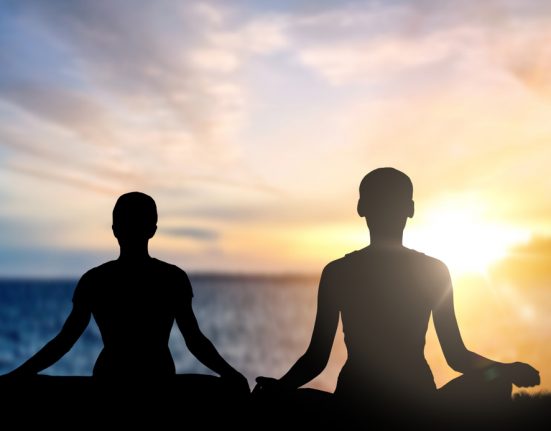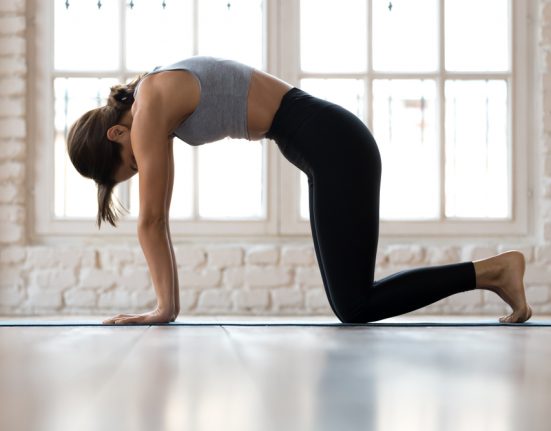Starting a regular practice doesn’t have to be hard — it can take as little as five minutes as soon as you wake up.
There are some things we all know we’re supposed to do to feel better: drink more water, take more walks, go on fewer tequila benders. Meditation is another — research has shown it to help with everything from anxiety and depression to better sleep, lower stress levels and chronic pain relief.
But if you’re new to meditating, it can be hard to know where to start. So start small — with five minutes of breathing exercises to calm and focus the mind every morning.
Not only will it “set the tone for the day,” said Dr. Eva Tsuda, a meditation instructor at the UMass Memorial Health Center for Mindfulness, but meditating earlier may make the practice easier to stick to. In a recent study of almost 900,000 meditation app users, those who meditated in the morning were more likely to maintain the habit.
Here’s how to kick off your day — every day — with a quick and simple meditation.
Decide where and when you’ll meditate.
Alma Ivanovic, the owner of Sun and Moon Meditation studio in Chicago, meditates every morning after she wakes up, sitting on the floor against her bed frame. Designating a specific spot helps with consistency, she said, because “it’s like a pattern. When you see that space, it’s like ‘OK, that’s what we do there.’”
Tie the practice to something you already do each morning, like brushing your teeth. One small study found that people who did an in-app meditation “anchored” to a morning routine stuck with meditation longer.
Set a timer.
Even if your mornings are chaotic, research suggests that just five minutes of meditation can decrease stress and anxiety the rest of the day. Ms. Ivanovic likes to use an hourglass so she can gaze at the moving sand, but a digital alarm on your phone works too, she said — “just make it something gentle, like a chime or a bell.”
And don’t be afraid to go halfway. “If you’re in a highly anxious state or feeling pain, even five minutes can feel too long,” she said. “Set your timer for two and a half minutes, see how you feel, then hit repeat.”
Focus on your senses.
Next, bring your attention to your body. “What are the physical sensations you feel? Maybe it’s your feet touching the floor or an ache in your back,” Dr. Tsuda said. Notice any morning noises or smells, the quality of the light, even a lingering taste in your mouth.
After a minute or so of this, “my favorite practice that feels useful is just watching your breath,” said Aditi Shah, a meditation instructor for the fitness company Peloton. “Pay attention to each inhale and exhale.”
Add a mantra.
Research has shown that mantra-based meditation can have a positive effect on mental health and can even reduce hypertension.
To help you focus on your breath, Ms. Ivanovic said, try repeating “in” as you inhale and “out” as you exhale — either silently or out loud.
You can tailor your mantra to “whatever quality you want to bring to your day,” she said. Experiment with “I am” on the inhale, and “grateful,” “present,” “at ease” or any other word that feels fitting on the exhale.
Correct yourself compassionately.
Meditation can feel intimidating because “we don’t have a clear picture of what success looks like,” Ms. Shah said. When she first started meditating, she often felt like “a bad meditator” when she got distracted.
Despite your best efforts, stray thoughts will often creep in. The key is not to see this as a failure.
“No matter how experienced you are, your mind is going to wander,” Ms. Ivanovic said. When it does, gently redirect yourself back to your breath. Use the patient, forgiving tone you’d take with a child or pet, she added. “Like, ‘whoops, no, not over there, come back over here.’”
You may find that listening to a guided meditation helps you stay more focused and gives you the building blocks for meditating on your own.
“The whole purpose of meditation,” Dr. Tsuda said, is “to train ourselves to be present with our experience without criticizing or judging ourselves.”
Add some movement.
Not everybody will be comfortable with a seated meditation, even a five-minute one, particularly people who are easily distracted. Also, “if you’re very anxious, it’s almost impossible to sit still with your thoughts,” Dr. Tsuda said.
Blending mindfulness with movement can multiply the benefits of both. After you wake up, while the day is still cool, consider a quick walking meditation, which research has shown can reduce psychological distress (and potentially alleviate depression and improve balance in older people).
While you walk, look for something around you in every color of the rainbow: a red flower, an orange sign, a yellow shirt and so on.
And if other thoughts creep in, Dr. Tsuda said, “bring yourself back and notice how your body feels when you’re walking. Hear the birds chirping. Be fully present.”



